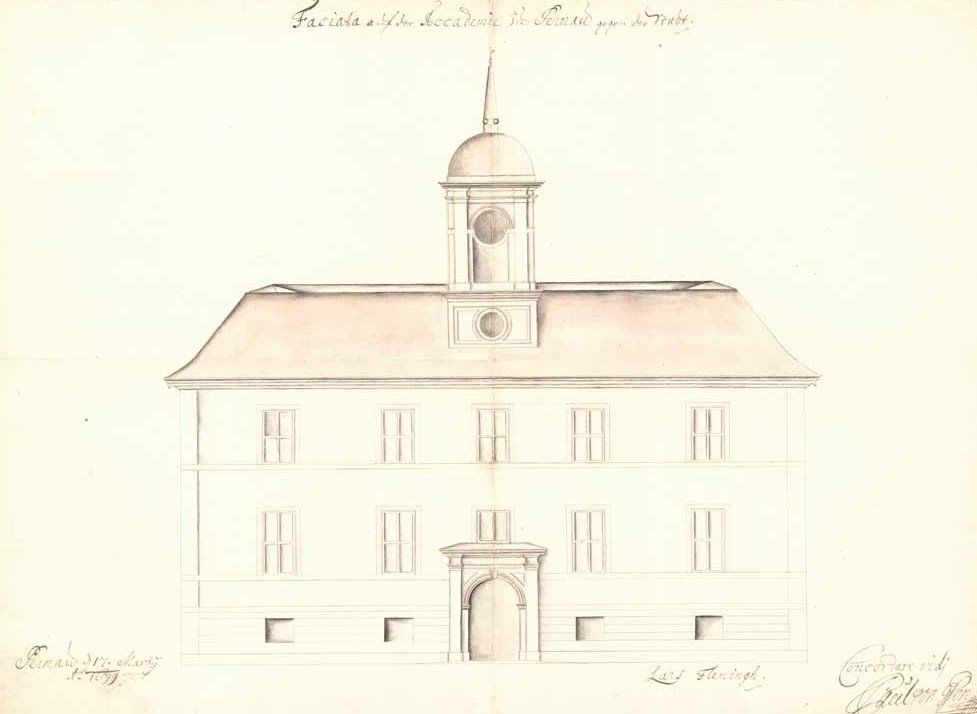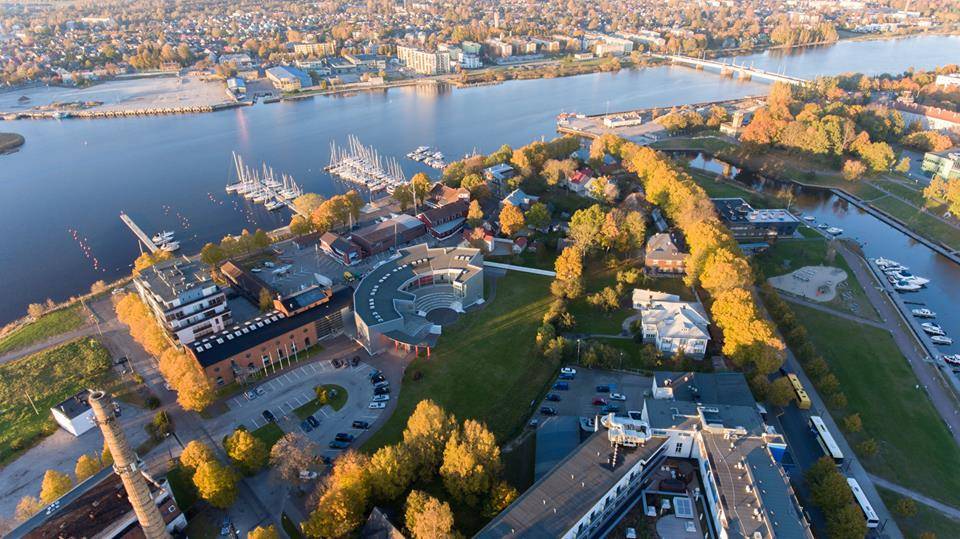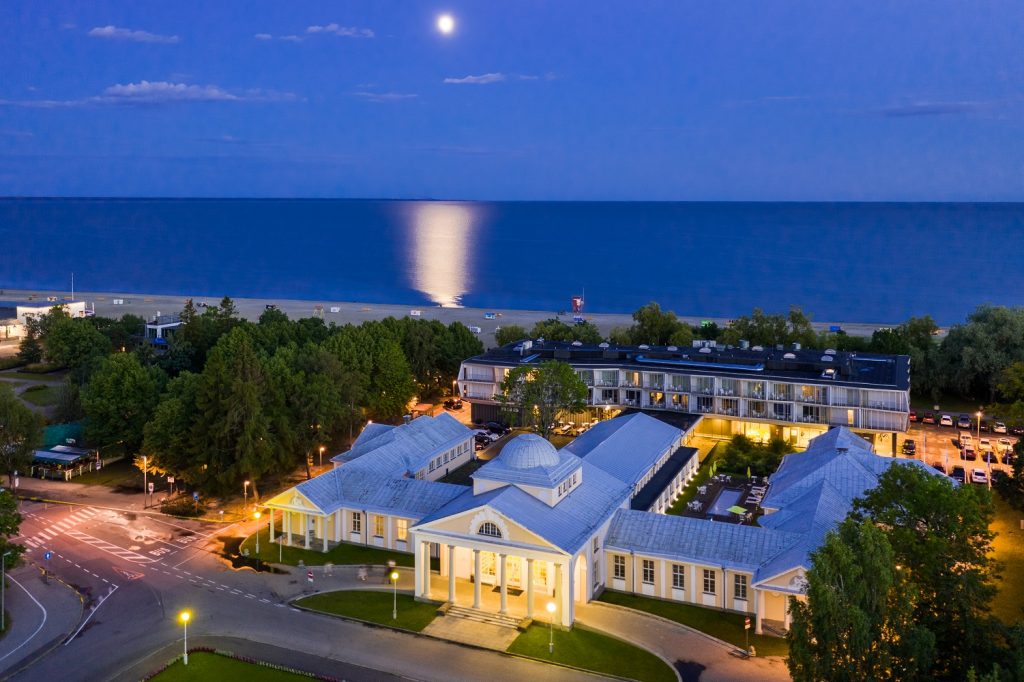The Pärnu College of the University of Tartu celebrates its 25th anniversary on 14 May; the college is the only higher education institution in Estonia’s “resort capital”.
Although the modern college was established in 1996, the history of the University of Tartu’s presence in Pärnu dates back centuries.
The original Tartu university was founded under the name of Academia Gustaviana in 1632 by Baron Johan Skytte, the governor-general of Swedish Livonia (that covered the area of modern-day southern Estonia and much of the modern-day Latvia), with the required ratification provided by his long-time friend and former student – Gustavus Adolphus, the king of Sweden.
But, in 1699, the university was moved to Pärnu – when Sweden was in war against the coalition of Russia, Denmark-Norway and Saxony-Poland-Lithuania. Academia Pernaviensis operated in Pärnu from 1699 to 1710, when it closed after the town surrendered to the Russian forces during the Great Northern War (which Sweden lost – and Estonia became a part of the Russian Empire).

A reopening
According to the terms of the capitulation, Russia agreed to maintain the university in Pärnu. In reality, the university was only reopened in 1802 by the Baltic German knighthoods, when the new German-speaking university was relaunched in Tartu and had its new charter confirmed by the reform-minded Tsar Alexander I of Russia.
Centuries later, however, Estonia’s most cherished seaside town finally reconnected to its higher education past. First, in 1991, an independent Pärnu Business School opened. The business school was absorbed into the University of Tartu in 1996, becoming what is now known as the Pärnu College. In 1999, the first part of the college’s new academic building was opened.
Today, one can obtain degrees in entrepreneurship, social work and tourism management at the Pärnu College – while the master’s degree in “wellness and spa service design and management” is taught in English.

According to Garri Raagmaa, the director of the college, it has become “one of the key institutions” of Pärnu and its surrounding county. “Our staff members are currently involved in preparing nearly all strategic plans in the region, as well as represented in local decision-making bodies. They participate in media discussions and diverse cooperation with other schools, enterprises and institutions. The town and the region have greatly benefited from the presence of the university,” he said in a statement.
The milestone is celebrated on 14 May with a ceremony and the symbolic opening of a part of the college building that has been newly renovated.
A historic town
Pärnu is home for over 40,000 people, the fourth largest town in Estonia. It was founded in 1251 and throughout the past, has played a major part in the country’s history. It was here where the Estonian Declaration of Independence was first publicly proclaimed, on the evening of 23 February 1918.

In modern times, Pärnu is mainly known in Estonia as the country’s pre-eminent resort town. Since 1996, the town has also held an honorary “Estonia’s summer capital” title. Scientifically speaking, the title is not far off – by the average summer temperature, Pärnu is the country’s warmest spot (16.7°C/62°F).
Read also: Isabelle Frochot: Estonia is very advanced in teaching methods.
Cover: The Pärnu College of the University of Tartu. Photo by the Pärnu College.

